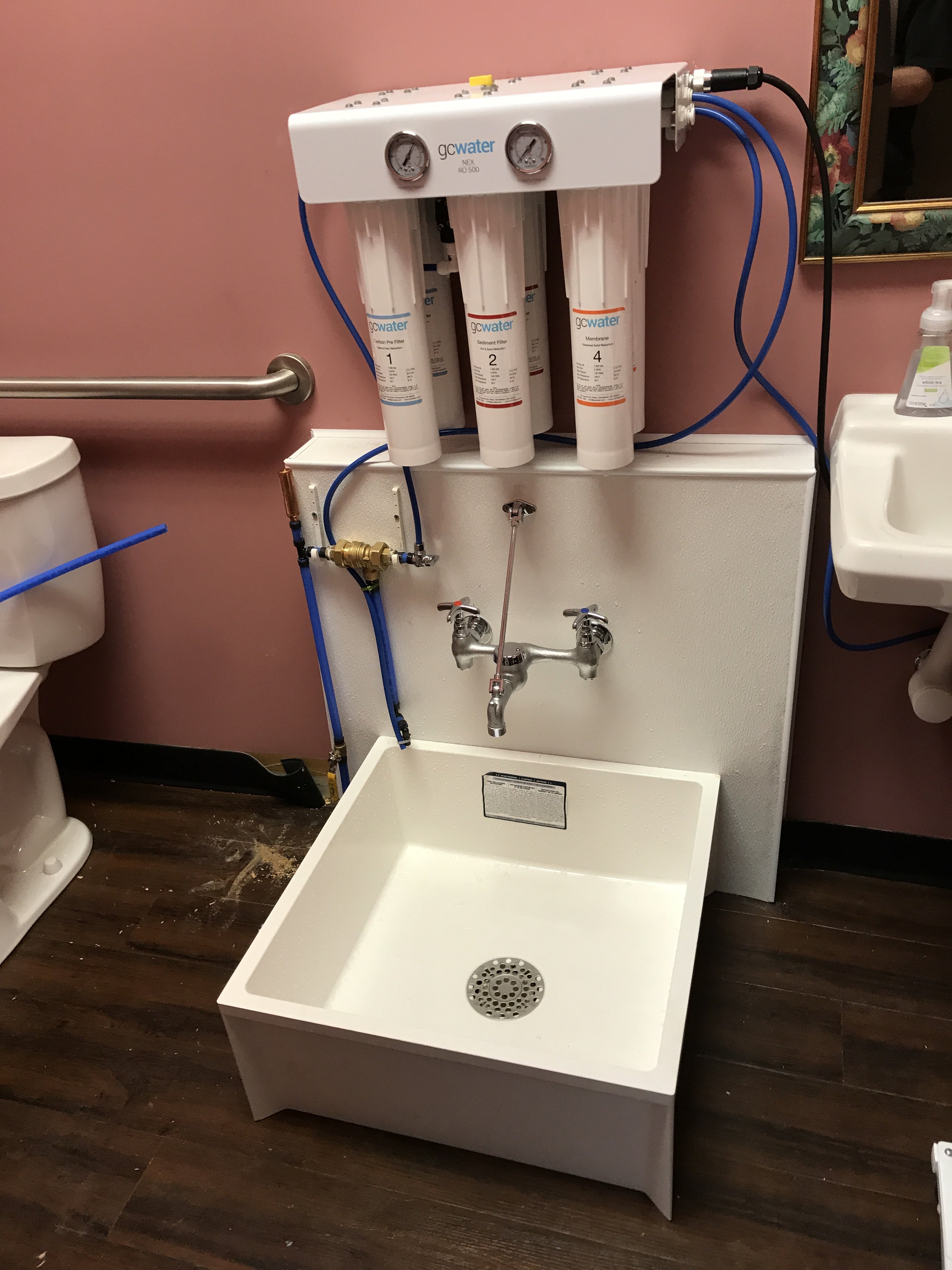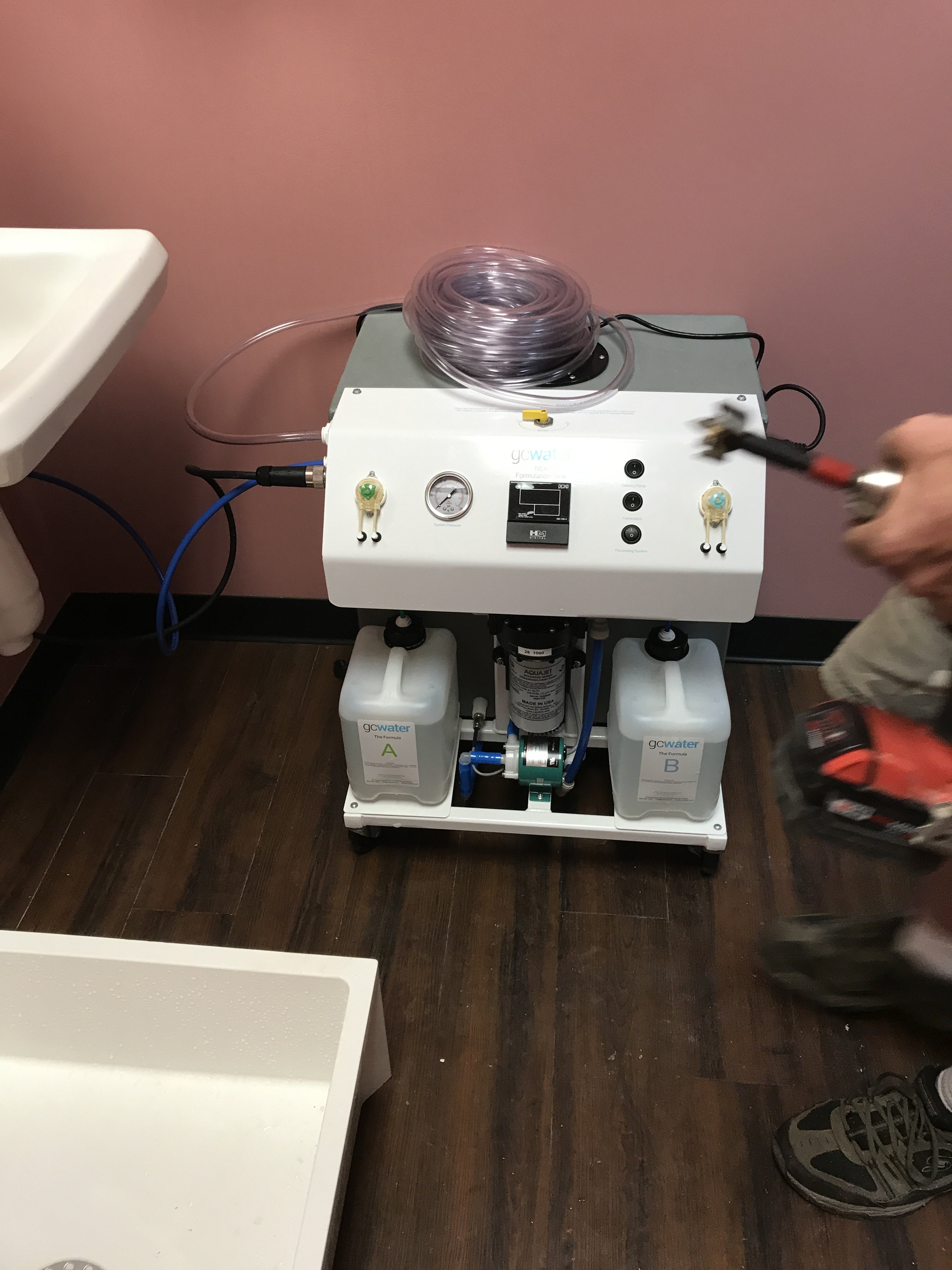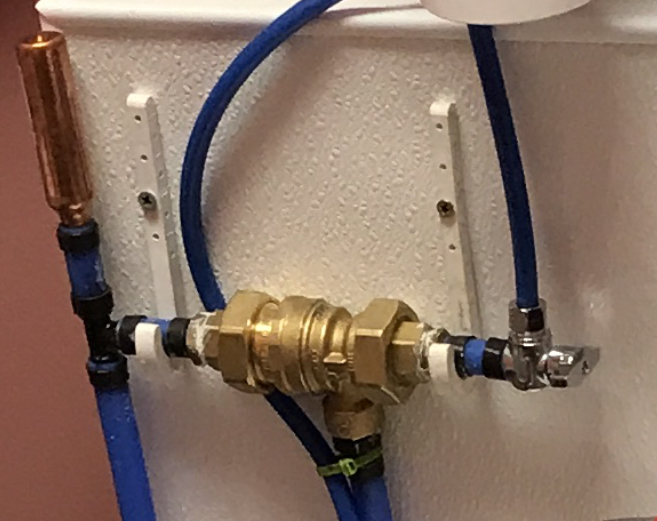brianccarr
Well-Known Member
Just purchased an RO water system. Rather than purchasing a holding tank, I thought I might possibly hook up the RO output to my Blichman Auto Sparge on my mash tun where I would have it set at the level of water I needed for my mash. Thinking I could turn it on a day ahead of time and when I’m ready to brew the next day it would be sitting there at the proper amount.
My other thought was to buy a open holding tank and install a shutoff float and a bottom valve. I would either set it higher than my kettle and gravity feed or set it lower and pump it over with an extra chugged pump I have laying around. I would prefer to skip the whole holding tank scenario since I have no other need for the RO water outside of brewing day. Thanks ahead for any advice.
My other thought was to buy a open holding tank and install a shutoff float and a bottom valve. I would either set it higher than my kettle and gravity feed or set it lower and pump it over with an extra chugged pump I have laying around. I would prefer to skip the whole holding tank scenario since I have no other need for the RO water outside of brewing day. Thanks ahead for any advice.





